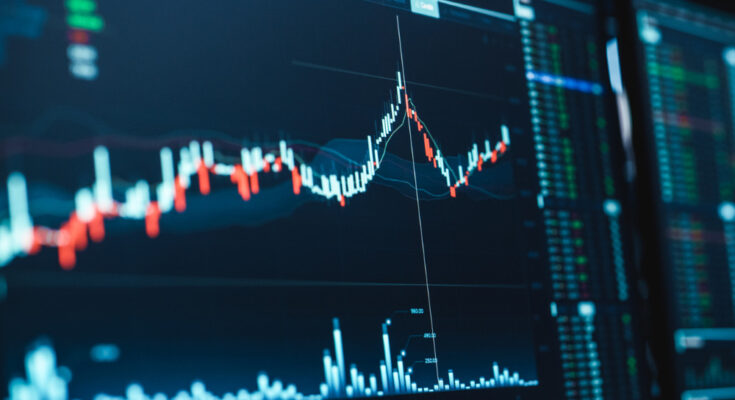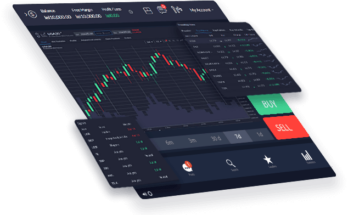Traders and investors are increasingly relying on sophisticated algorithms and software to execute trades and manage their portfolios. This trend has given rise to trading robots, an integral part of modern financial markets. Cybercriminals are constantly evolving their tactics, seeking ways to exploit vulnerabilities in these automated systems. Advanced encryption algorithms can ensure that even if data is intercepted, it remains unreadable and unusable to unauthorized parties.
Securing the trading robot environment
The environment in which your trading robot operates must be fortified against potential attacks. This includes securing the physical hardware, protecting the network infrastructure, and implementing firewalls to filter incoming and outgoing traffic. Regular securities audits help identify potential weaknesses in your system’s defences.
Keeping software up to date
Cybercriminals often exploit known vulnerabilities in outdate software. Ensuring that your trading robot software is date is crucial for maintaining its security. This includes not only the core trading software but also any associated applications, libraries, and operating systems. Automated update processes ensure that your system always has the latest security patches.
Monitoring and logging
Implementing comprehensive monitoring and logging systems allows you to track all activities related to your trading robot. This can help detect unusual patterns or potential security breaches in real-time. Additionally, maintaining detailed logs can be invaluable for forensic analysis in the event of a security incident.
Backup and recovery strategies
Even with the best security measures in place, it’s essential to prepare for the worst-case scenario. Implementing regular backup procedures ensures that you can quickly recover your trading robot’s data and configurations in the event of a cyberattack or system failure. Store backups securely, preferably in multiple locations, and test your recovery process regularly.
Educating users and enforcing best practices
Human error remains one of the most significant security risks in any system. Educating all users who interact with the trading robot about security best practices is crucial. This includes creating strong passwords, recognizing phishing attempts, and understanding the importance of following security protocols.
Partnering with security experts
Cybersecurity is a complex and rapidly evolving field. Partnering with security experts or firms specializing in financial technology can provide valuable insights and assistance in securing your trading robot. These professionals can conduct thorough security assessments, recommend tailored solutions, and help implement best practices specific to automated trading systems.
Staying informed about emerging threats
The cybersecurity landscape is constantly changing, with new threats emerging regularly. Subscribe to reputable security newsletters, participate in industry forums, and consider joining information-sharing networks specific to financial technology.
Implementing api security measures
APIs (Application Programming Interfaces) are often used by trading robots to communicate with various financial platforms and data sources. Securing these APIs is crucial to prevent unauthorized access or data manipulation. This includes implementing proper authentication for API calls, rate limiting to prevent abuse, and regularly auditing API usage patterns.
Conducting penetration testing
Regular penetration testing, also known as ethical hacking, can help identify vulnerabilities in your trading robot before malicious actors can exploit them. These controlled attempts to breach your system’s security can reveal weaknesses that might not be apparent through other security measures.
Creating an incident response plan
Despite best efforts, security incidents can still occur. Having a well-defined incident response plan ensures that you can react quickly and effectively to minimize damage in the event of a breach. This plan should outline clear procedures for detecting, containing, and mitigating security incidents, as well as steps for recovery and post-incident analysis.




